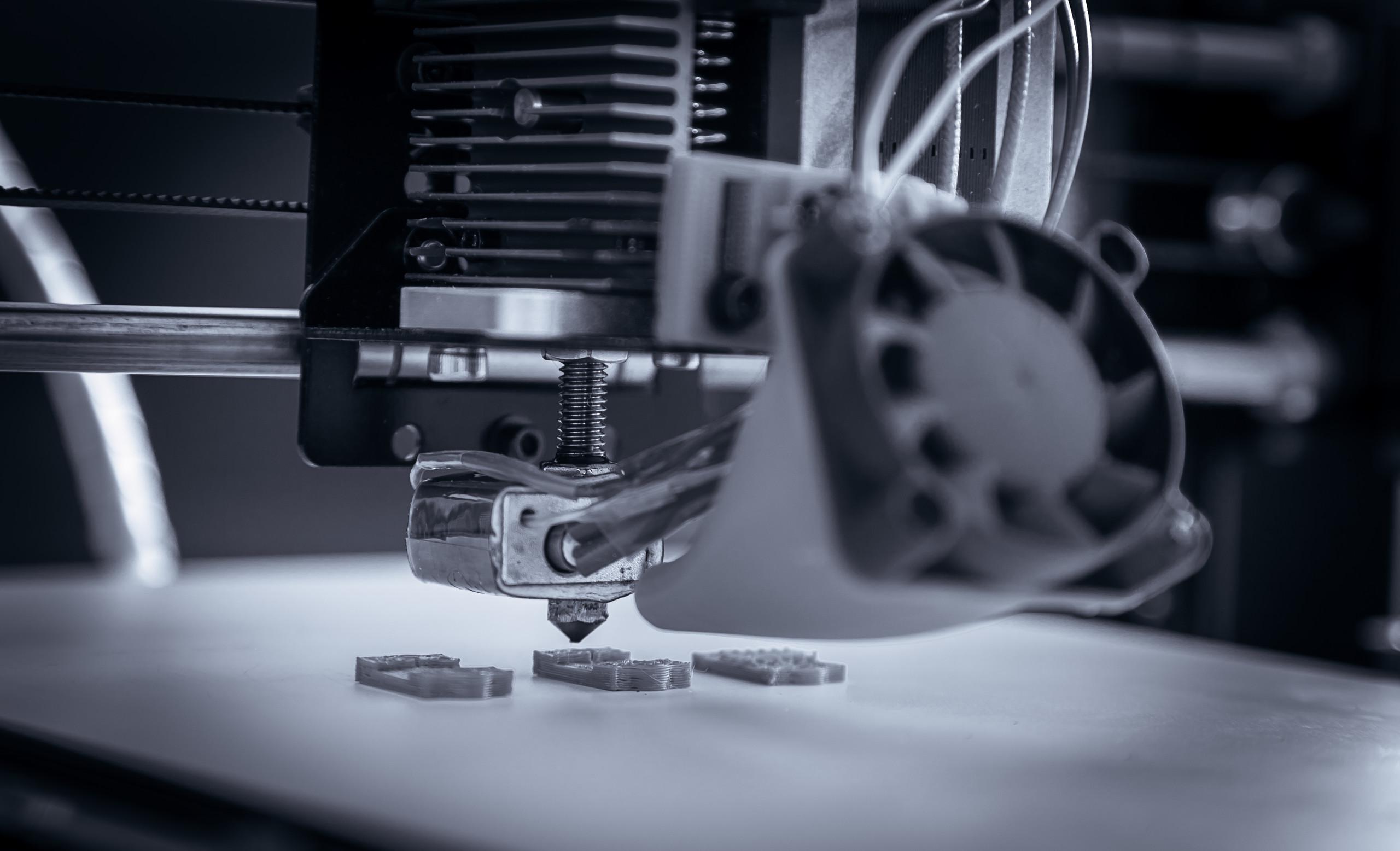Metal Stamping in Industry: Evolution, Precision, and Applications+ View more
Metal Stamping in Industry: Evolution, Precision, and Applications
+ View more
Date:2023-12-18 11:30
Metal stamping, an integral process in industrial manufacturing, has undergone a remarkable evolution, showcasing advancements in precision engineering and expanding its applications across diverse industries.

Evolution of Metal Stamping
Metal stamping traces its roots to ancient times when craftsmen manually stamped symbols onto metals. Over centuries, technological advancements revolutionized this practice, introducing mechanization and, eventually, highly sophisticated automated systems. Today, modern metal stamping embodies precision, speed, and scalability, reshaping the manufacturing landscape.
Precision Engineering in Metal Stamping
Precision is the hallmark of metal stamping. High-speed presses, progressive dies, and computer-controlled systems enable micron-level accuracy. The evolution from manual operations to computer-aided designs has elevated precision, allowing for the creation of intricate parts with consistent quality, meeting the stringent demands of various industries.
Applications Across Industries
Metal stamping's versatility renders it indispensable across multiple sectors. In the automotive industry, it forms the backbone of mass-producing vehicle components, from body panels to engine parts. In electronics, metal stamping fabricates intricate connectors and housing components. Furthermore, its application extends to aerospace, medical devices, and consumer goods, highlighting its adaptability and significance.
Innovations Driving Progress
Advancements in materials and technologies continue to push the boundaries of metal stamping. High-strength alloys, lightweight materials, and exotic metals are now stampable, offering enhanced performance in demanding applications. Moreover, progressive die designs and simulation software optimize efficiency and minimize waste, ensuring cost-effectiveness and sustainability.
Automation and Industry 4.0 Integration
The integration of automation and Industry 4.0 principles revolutionizes metal stamping. Robotics, IoT sensors, and real-time data analytics streamline production, ensuring seamless operations, predictive maintenance, and adaptability. Smart factories equipped with interconnected systems are paving the way for agile and responsive manufacturing environments.
Future Prospects and Sustainability
Looking ahead, sustainability becomes paramount in metal stamping. Green technologies, recycling initiatives, and eco-friendly materials are transforming the landscape, aligning the process with environmentally conscious practices. Furthermore, the pursuit of zero-defect manufacturing and lean production methodologies is set to drive continuous improvement in the industry.
Conclusion
In conclusion, the evolution of metal stamping epitomizes the amalgamation of traditional craftsmanship with cutting-edge technology. From ancient practices to precision-driven modern processes, metal stamping remains a cornerstone of industrial manufacturing, driving innovation and meeting the diverse needs of global industries. Its evolution, coupled with technological advancements, underscores its indispensable role in shaping the future of manufacturing.
Share to:
Recommend wonderful blog posts

